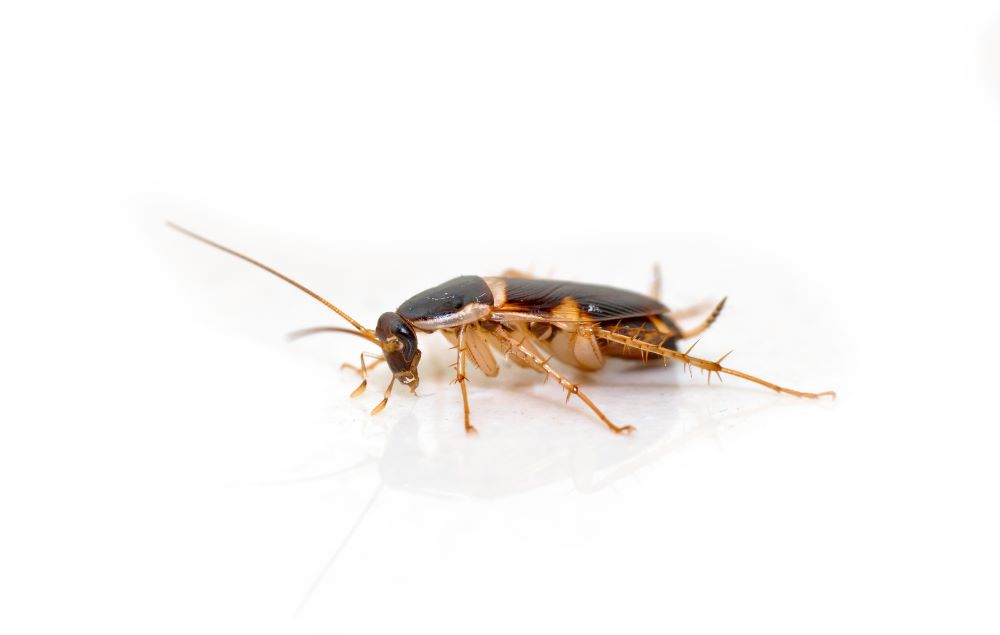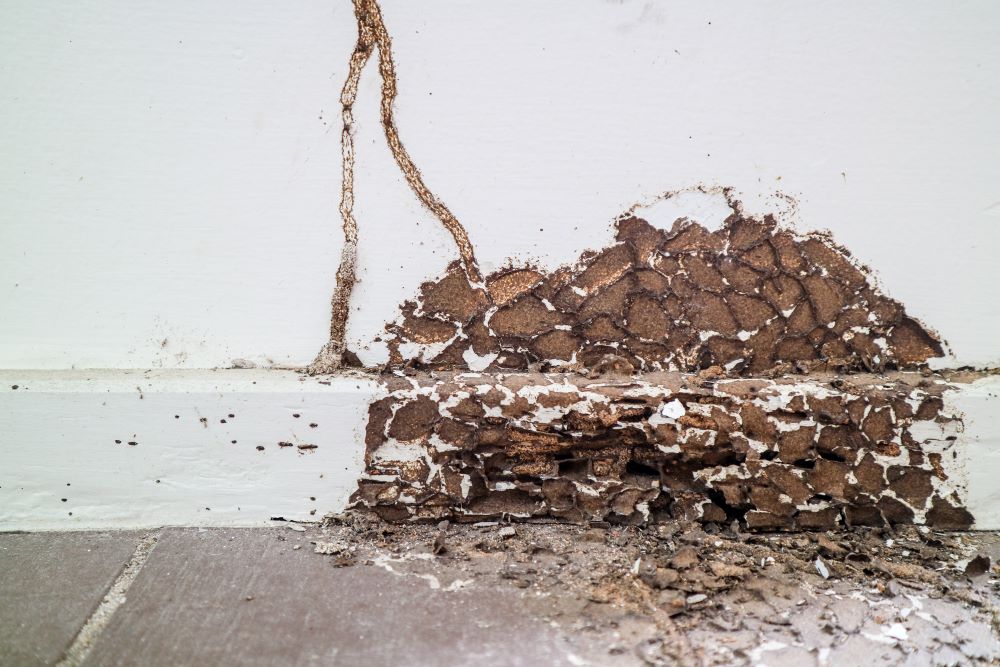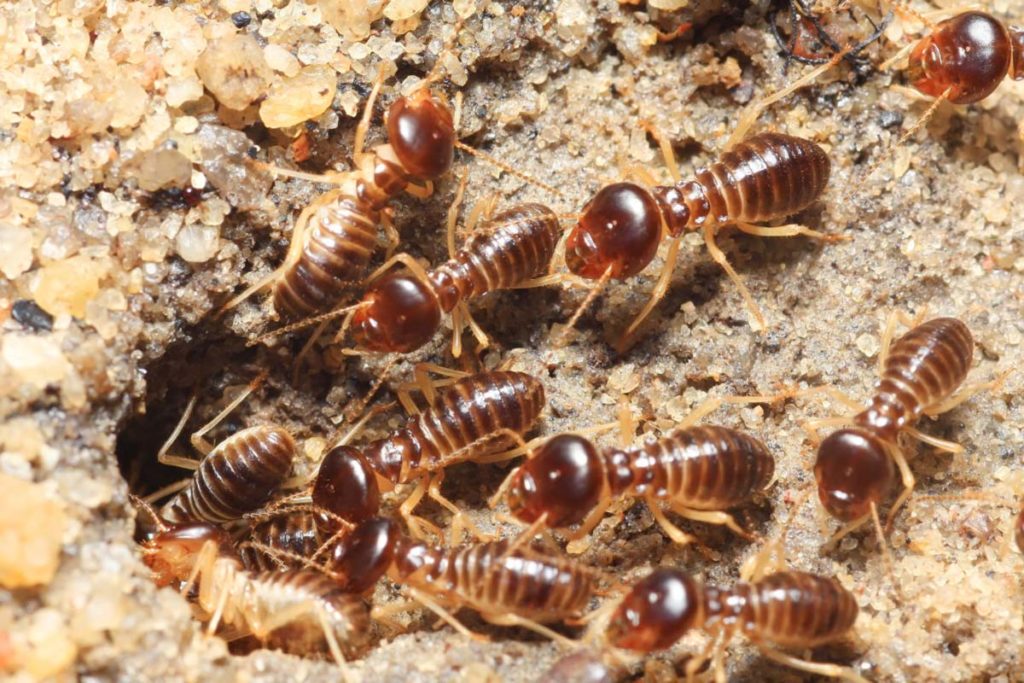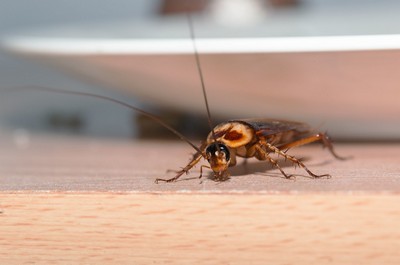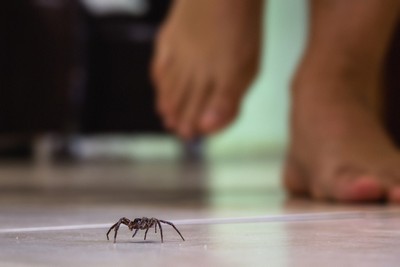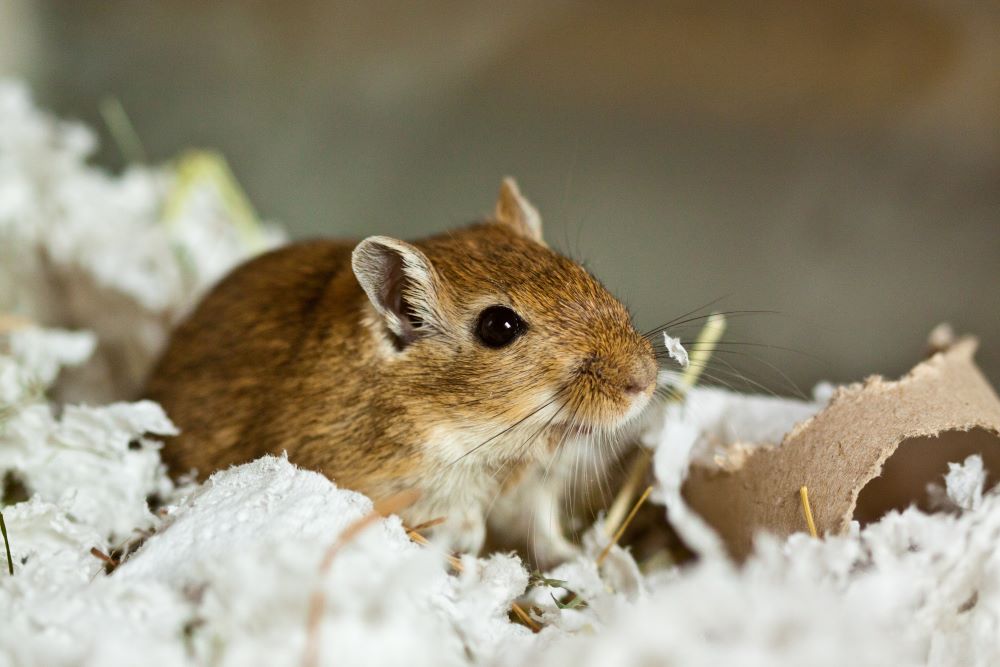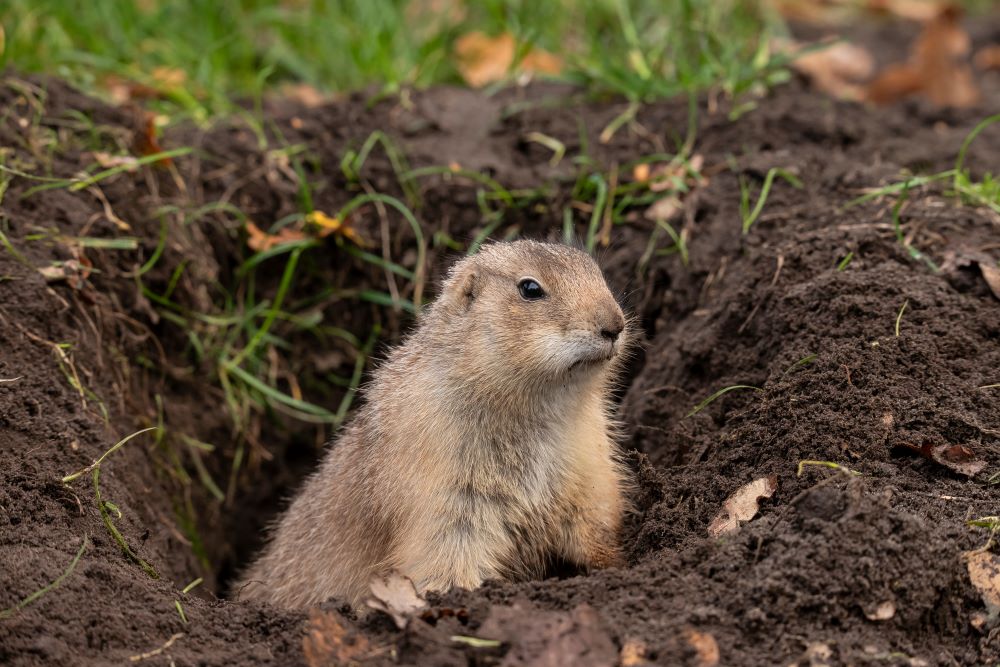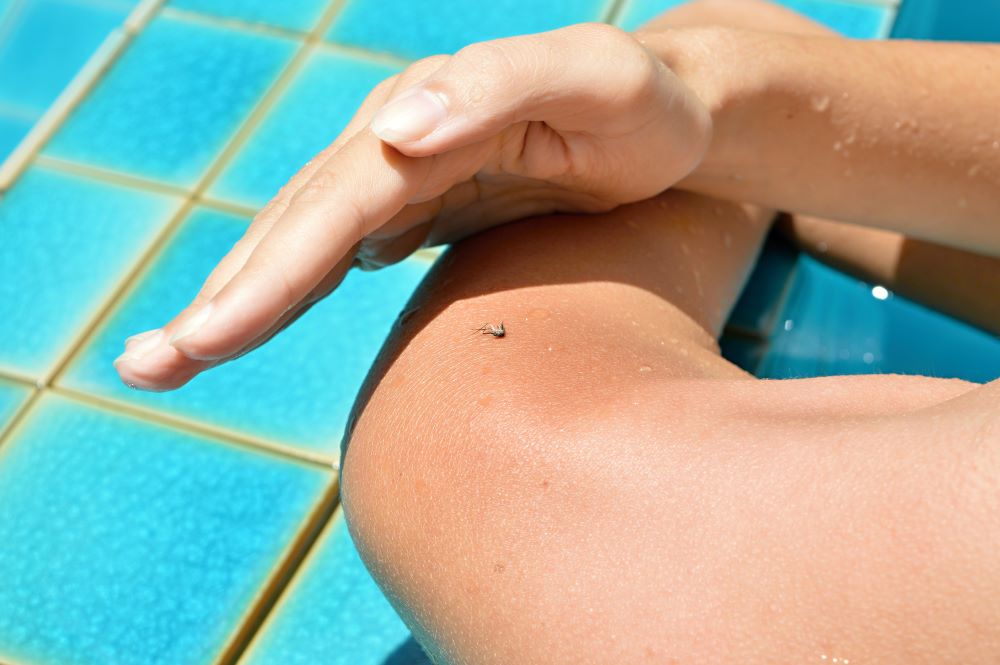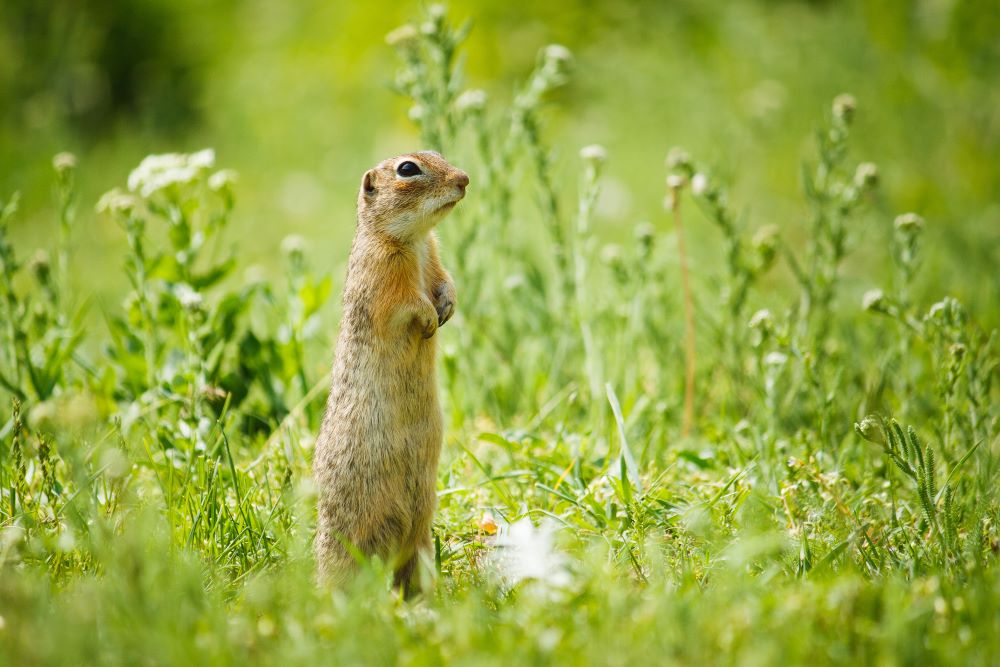
Struggling with gophers undermining the health of your lawn? Gopher mesh offers a robust defense, preventing these persistent burrowers from causing extensive damage to your greenspace. Implementing gopher mesh as part of your lawn care routine is key to maintaining a lush, vibrant yard free from the disruptions caused by these subterranean pests. With the right gopher screen in place, you can secure the well-being of your lawn for years to come.
This article guides you through laying gopher wire effectively, from selecting the ideal gopher mesh to in-depth installation steps, ensuring a protected lawn area. Learn about the maintenance and monitoring strategies to bolster your defenses against these intruders, safeguarding the investment in your outdoor space.
Choosing the Right Gopher Mesh
When you’re ready to fortify your lawn against gophers, choosing the right gopher wire is crucial. Here’s what you need to know to make an informed decision:
- Material Matters:
- Galvanized steel is cost-effective and resistant to rust, suitable for most residential needs.
- Stainless steel options, like T304 and T316, though initially pricier, offer the longest-lasting protection, withstanding underground conditions for over 12 years.
- Mesh Specifications:
- Opt for heavy-duty 20 gauge wire with ¾ inch hexagonal openings, which prevents adult gophers from burrowing through while allowing for healthy plant and lawn growth.
- Consider 18 gauge, 3/4 inch square welded mesh for added durability.
- Installation Essentials:
- Each roll of gopher mesh should be secured with ground staples to ensure it stays in place.
- Be aware that while gopher mesh effectively blocks mature gophers, it may not stop baby moles or voles due to the size of the mesh holes.
Remember, gopher mesh is a humane and chemical-free solution, providing a safer alternative to traps and chemicals with less environmental impact. It’s a one-time investment that safeguards your yard for years, making it a wise choice for both your peace of mind and your pocket.
Preparing the Area for Gopher Mesh Installation
Before you begin laying down your gopher wire, it’s essential to prepare the area thoroughly to ensure the mesh’s effectiveness. Here’s what you need to do:
- Mark the Utilities:
- Contact Dial 811 to mark any buried utility lines.
- Clear the area of any debris or obstructions after utilities are marked.
- Soil Preparation:
- Remove 1-1.5 inches of topsoil using manual tools or machinery for a clean work surface.
- Utilize a lawn roller for a smooth and compacted soil base.
- Setting the Stage for Gopher Mesh:
- If protecting raised beds, staple gopher mesh to the bottom of the bed boards before adding soil.
- For sod areas, bury gopher wire at least 1.5 feet deep and cover with 1-2 inches of soil before laying the sod.
- Create a vertical barrier around gardens by digging a trench 2-3 feet deep and extending the gopher wire at least six inches above ground.
- In areas with existing damage, build up borders, add a soil buffer, and place the gopher mesh on top.
Ensure you overlap the gopher wire by 4-6 inches to avoid gaps, securing it with sod pins or landscape staples every 2-3 feet. For individual plant protection, leave about six inches of fencing above ground. Properly preparing the area will maximize the gopher mesh’s efficacy, keeping your lawn safe from pesky burrowers.
Step-by-Step Guide to Installing Gopher Mesh
Laying down gopher wire is a straightforward process that can be done during the laying of sod or added to an existing lawn for protection. Here’s how you can ensure your lawn stays free from the disruptions caused by these burrowers:
- Place the gopher wire:
- Place the mesh across the area you’ve gotten ready, and make sure that pieces overlap adequately to prevent holes in your protection.
- Make sure the wire is secured on the ground using high quality landscaping staples. Insert a staple consistently every few feet for the sturdiest results.
- Protecting smaller areas:
- Attach gopher wire to the bottom of garden beds/grow beds to make sure the produce thieves can’t infiltrate the garden from below.
- Bedding the wire at a 90 degree angle around the corners of your garden beds can do well to reinforce easy to infiltrate areas. Corners can easily be underenforced, so consider this when laying your mesh.
- Finishing the job:
- Cover the mesh with topsoil when after you’re finished laying it.
- Lay sod or grass seed on top, and flatten it accordingly to ensure an even lawn surface.
By now, you’ve integrated the gopher mesh into your lawn and gardens, providing an unobtrusive yet effective barrier against gophers. Just don’t forget it’s there, you’ll need to check it every few years to make sure it’s holding!
Maintenance and Monitoring
To ensure your gopher wire continues to protect your lawn effectively, regular maintenance and monitoring are key. Here’s how to keep your defenses strong:
Regular Inspections:
- Periodically check for signs of gopher activity, such as fresh mounds of dirt or patches of dead grass.
- Inspect the gopher mesh for any damage or areas where it may have become exposed or breached.
Mesh Maintenance:
- Water your lawn thoroughly; this allows for easier adjustments to the gopher wire if needed.
- Use a square-nose spade to gently scrape off the sod from the mesh for any repair work, then replace the sod and water again to re-establish the grass.
Preventative Measures:
- If moles are a concern, consider burying the gopher mesh deeper as they may tunnel between the sod and the mesh.
- Be mindful of plant and tree growth; gopher wire can restrict growth, so adjustments may be necessary over time.
- Remember, while gopher wire is an excellent deterrent, gophers may still attempt to tunnel above or below the barrier, so remain vigilant and ready to react.
By following these steps, your gopher mesh will continue to serve as a humane and chemical-free method to keep your lawn gopher-free.
For more information on how to deal with gophers in Nebraska, check out this article from the University of Nebraska Lincoln.
Conclusion
We hope this article has helped you fortify your lawn against intrusive gophers, and given you the knowledge you need to keep them away for good. Regular lawn maintenance, with periodic inspections, can help make sure that your mesh laying efforts protect your lawn years into the future.
Sometimes, protecting your yard requires more than just elbow grease— Recon Pest Services is at your disposal with our specialized Gopher Bunker Buster services. Reach out to us today if you’re having a gopher problem that you need us to dig into!


